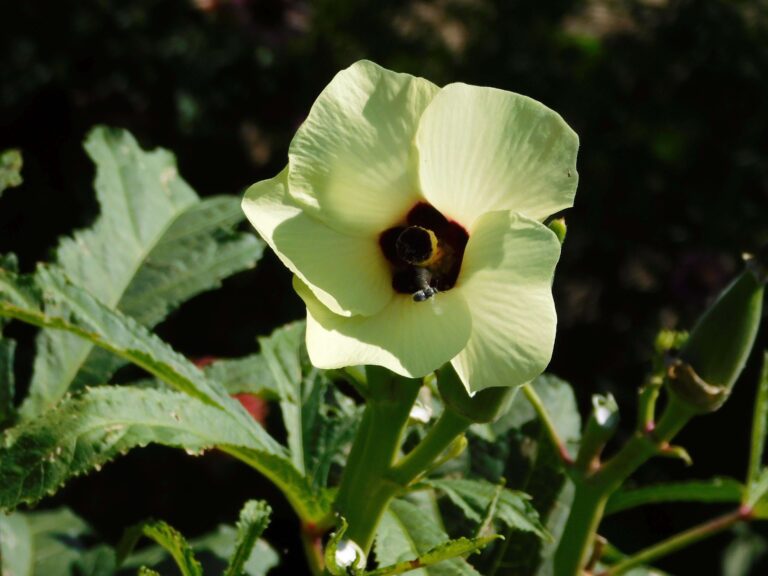

Getting to know a new garden
September’s coming and so is the end of this year’s garden. This has been a landmark season for several reasons, but the main one is that this is the first Kansas garden I’ve grown in six years. NW Wyoming has such a short growing season that we focused on early season greens because that’s all that had time to grow before frost put the kibosh on outdoor plants.
Previous owners of our current home never had gardens so we tilled up part of the back yard for the first time since what was once farm ground became residential property 60 some years ago. Starting out, we knew anything we planted was an experiment, and we weren’t sure how many veggies we’d actually pick. Fortunately, our freshly tilled soil offered hope in the form of scads of wildly wiggling earthworms. They must have been good success predictors because so farwe’ve harvested potatoes, sweet corn, beans, carrots, really small onions and cantaloupe, a few jalapenos, 4 kinds of squash, less than a handful of tomatoes, and more okra than we know what to do with.

More okra than we expected surprised us so I investigated further to learn this plant came to America in the 1700s with the African slave trade, it doesn’t mind clay soil (bonus in our case), and it’s drought friendly. While its point of origin is disputed, folks have been cooking, eating, and documenting it since the 1200s. I’ve always loved its beautiful yellow and purple blossomsthat remind me of a hibiscus, so imagine my lack of surprise at discovering they are plant cousins.
What I previously knew from decades of growing, cooking, and eating this garden goody is that you better check it every day and maybe twice. You can examine a row in the morning and find little one-inch pods that resembled elongated, green elf hats. Come back in the early evening and those babies are now two + inches long and picking size. If you let them get bigger than three inches, you might as well pick ‘em, dry ‘em, and spray paint ‘em gold to use for craft supplies. They’re pure pithy fiber when they get too long. That said, a few always escape my search and end up bigger than my foot.
Not only do you have to keep a close eye on the length of your okra, this crop is like politics; it’s polarizing. Folks either love it or hate it. It’s one of my favorites in all its culinary incarnations: fried, stewed, pickled, and stir-fried. Those who hate it, dislike the fact that once cut, it seeps gooey mucilage. I say that goo makes cornmeal and flour stick better before I fry it. If you prefer okra stewed, throw in some tomatoes. The acid cancels out the slime that makes some diners howl. Pickled okra is best of all, especially when you toss a jalapeno and a garlic clove in the jar before you heat seal it.
It’s nearly time to put the garden to bed for winter, and I tomatoes are running in short supply. However, the freezer’s full of okra. During the cold months ahead, I’ll remember how much fun we had tending a new western Kansas garden as I watch it sizzle into golden nuggets that taste like summer sunshine.
Karen is a retired teacher, writer, photographer, outdoors lover, and
sixth-generation Kansan. After a time away, she’s glad to be home.